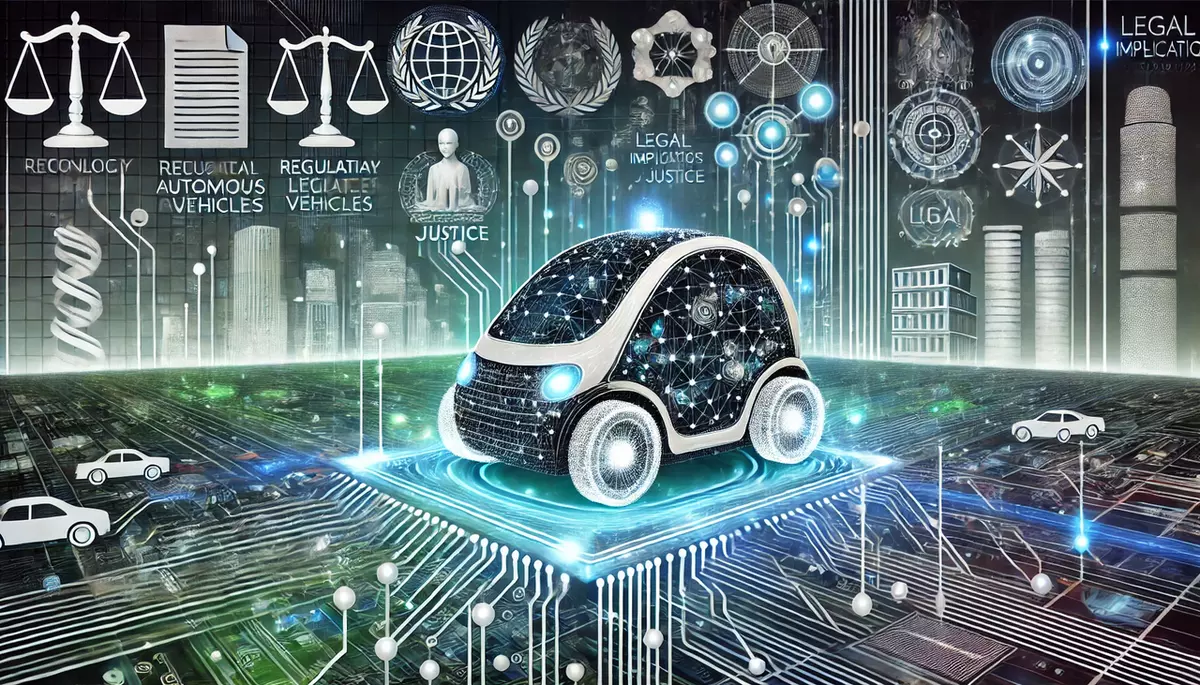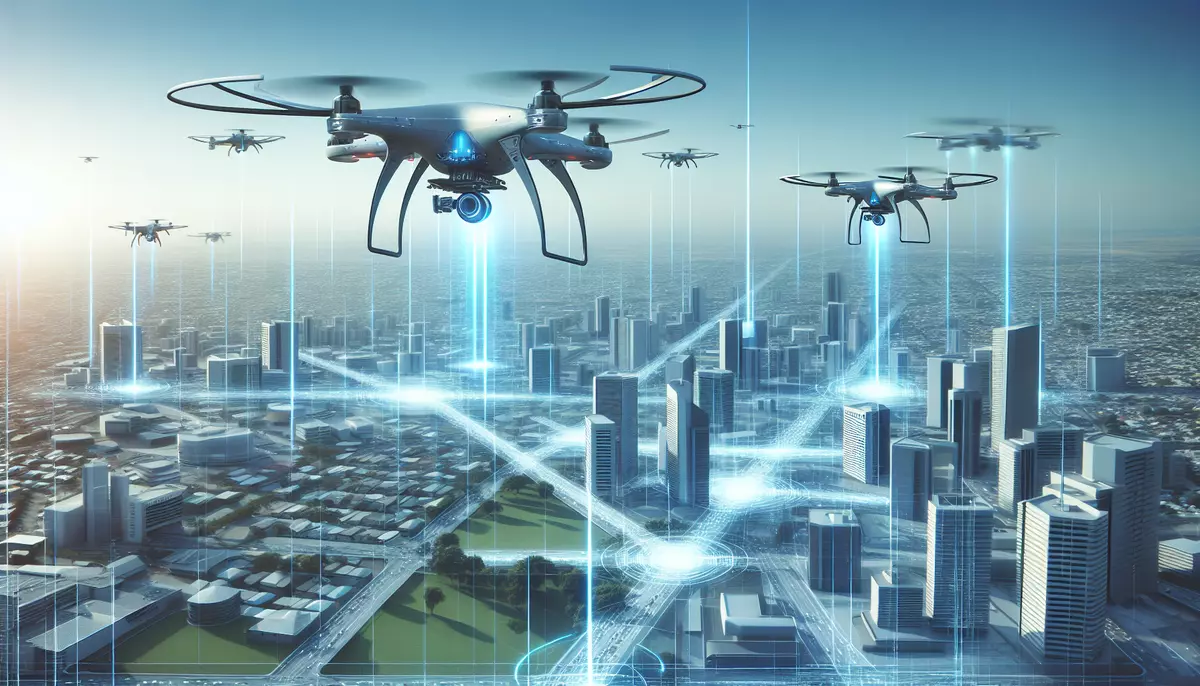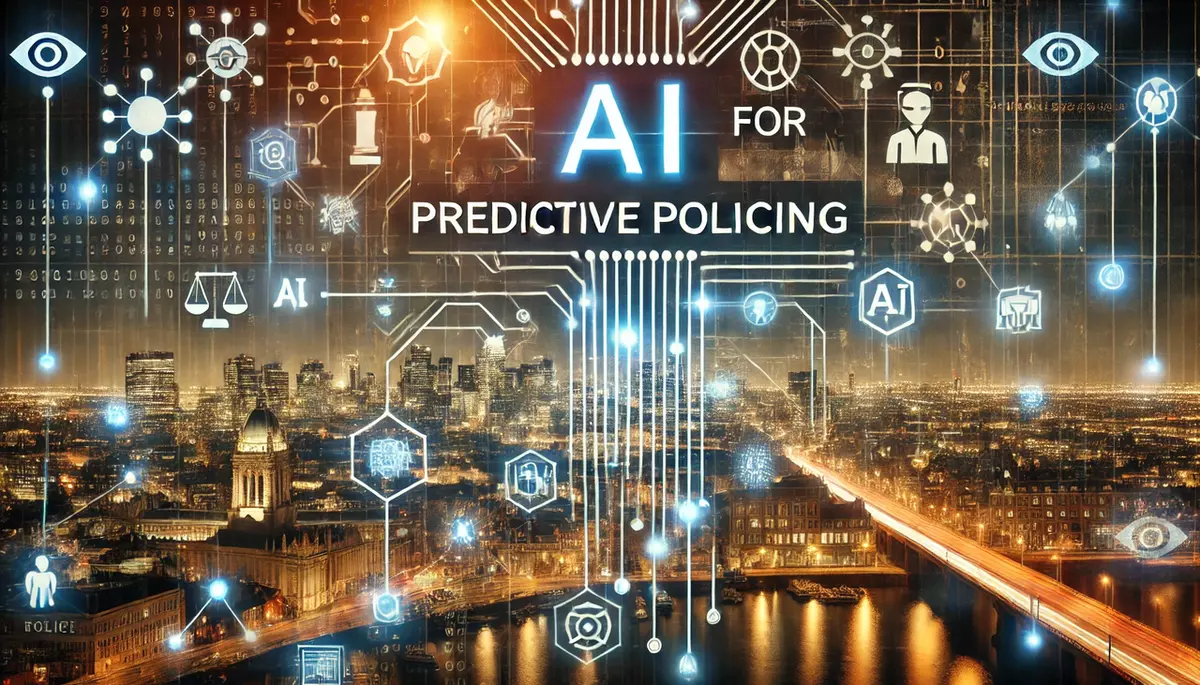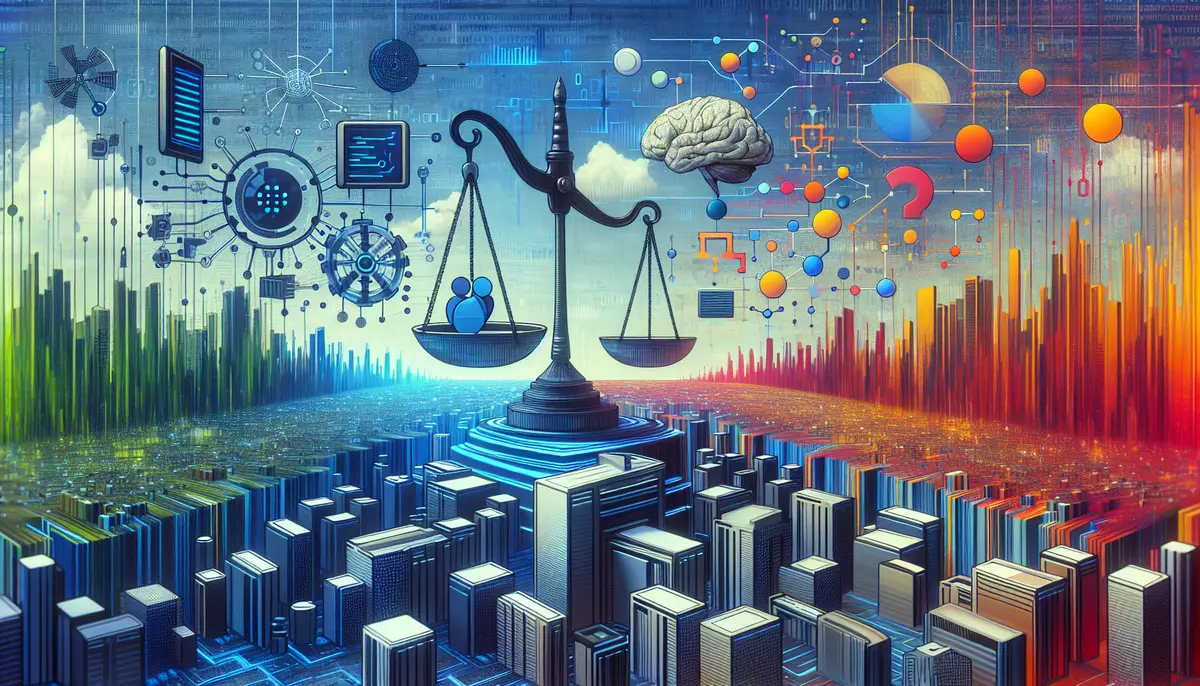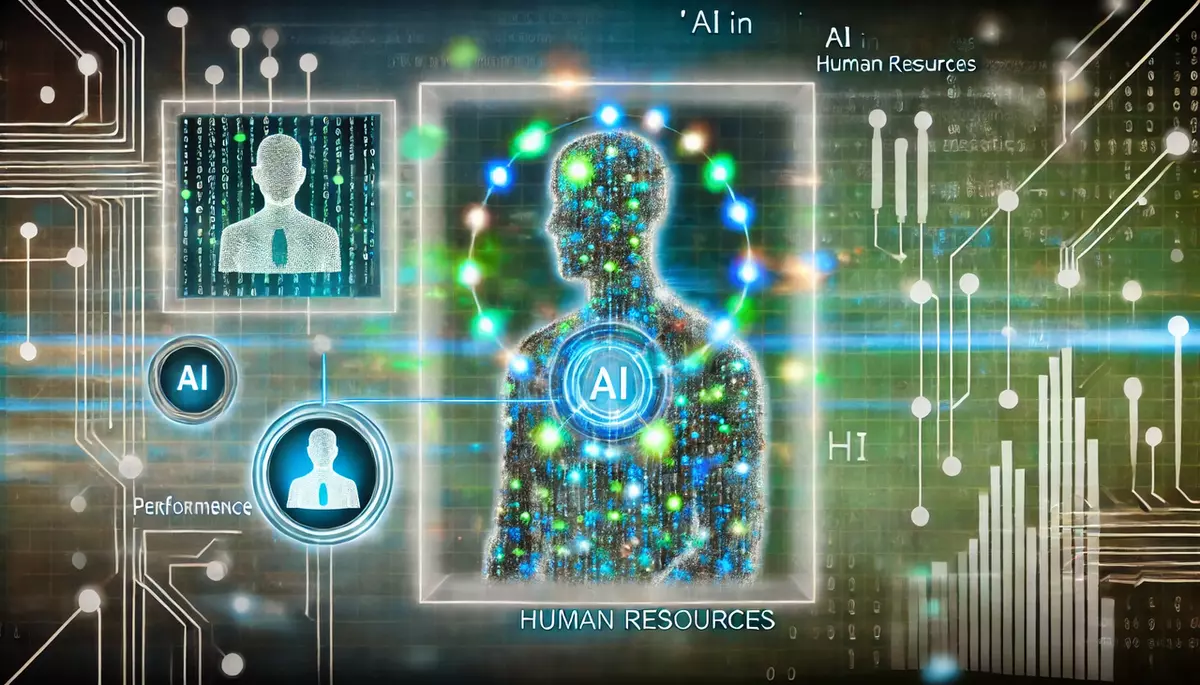Introduction
Hyperautomation is a rapidly emerging concept that combines advanced technologies, such as artificial intelligence (AI), machine learning (ML), and robotic process automation (RPA), to automate complex business processes and decision-making. This knowledge article explores the key aspects of hyperautomation, its benefits, challenges, and the future direction of this transformative technology.
What is Hyperautomation?
Hyperautomation is a holistic approach to automation that goes beyond traditional automation methods. It involves the use of multiple technologies, including AI, ML, RPA, and other advanced tools, to automate and streamline business processes, enhance decision-making, and drive operational efficiency.
Key Characteristics of Hyperautomation:
- Integrated Automation: Hyperautomation integrates various automation technologies, such as RPA, AI, and ML, to create a comprehensive and interconnected automation ecosystem.
- Intelligent Decision-Making: Hyperautomation leverages AI and ML to enable intelligent decision-making, allowing systems to learn, adapt, and make autonomous decisions based on data and insights.
- Continuous Improvement: Hyperautomation is an iterative process that continuously identifies and automates additional tasks and processes, driving ongoing optimization and efficiency gains.
Benefits of Hyperautomation
Hyperautomation offers a range of benefits for organizations, including:
Increased Efficiency and Productivity
Hyperautomation automates repetitive and time-consuming tasks, freeing up employees to focus on more strategic and value-added activities.
Enhanced Decision-Making
By leveraging AI and ML, hyperautomation enables data-driven decision-making, leading to more informed and accurate decisions.
Improved Accuracy and Consistency
Automated processes reduce the risk of human error, ensuring consistent and accurate outcomes across the organization.
Cost Savings
Hyperautomation can lead to significant cost savings by reducing the need for manual labor and streamlining business processes.
Challenges in Hyperautomation
While hyperautomation offers numerous benefits, it also presents several challenges that organizations must address:
Integration and Complexity
Integrating multiple automation technologies and ensuring seamless interoperability can be a complex and time-consuming process.
Talent and Skill Gaps
Implementing and managing hyperautomation requires specialized skills and expertise, which can be in short supply in some organizations.
Ethical and Regulatory Considerations
Hyperautomation raises concerns around data privacy, security, and the ethical use of AI, which must be addressed through robust governance frameworks.
Future Directions in Hyperautomation
The field of hyperautomation is rapidly evolving, and several emerging trends and advancements are shaping its future:
Increased Adoption of Hyperautomation
As organizations recognize the benefits of hyperautomation, its adoption is expected to accelerate across various industries.
Advancements in AI and ML
Continued advancements in AI and ML will enhance the intelligence and decision-making capabilities of hyperautomation systems.
Convergence with Emerging Technologies
Hyperautomation will increasingly converge with other emerging technologies, such as the Internet of Things (IoT) and blockchain, to create more comprehensive and intelligent automation solutions.
Emphasis on Ethical and Responsible Automation
As hyperautomation becomes more prevalent, there will be a greater focus on ensuring its ethical and responsible deployment, addressing concerns around data privacy, security, and the impact on the workforce.
Conclusion
Hyperautomation represents a transformative shift in the way organizations approach automation and decision-making. By integrating advanced technologies, hyperautomation enables organizations to streamline processes, enhance efficiency, and make more informed decisions. As the field continues to evolve, organizations that embrace hyperautomation will be well-positioned to thrive in the digital age.
This knowledge base article is provided by Fabled Sky Research, a company dedicated to exploring and disseminating information on cutting-edge technologies. For more information, please visit our website at https://fabledsky.com/.
References
- Gartner. (2020). Gartner Identifies the Top Strategic Technology Trends for 2020. https://www.gartner.com/en/newsroom/press-releases/2019-10-21-gartner-identifies-the-top-strategic-technology-trends-for-2020
- Forrester. (2020). The Future of Work: Hyperautomation. https://www.forrester.com/report/The+Future+Of+Work+Hyperautomation/-/E-RES157239
- Deloitte. (2020). Intelligent Automation: The Essential Future of Work. https://www2.deloitte.com/us/en/insights/focus/cognitive-technologies/intelligent-automation-future-of-work.html
- KPMG. (2021). Hyperautomation: The Future of Business Transformation. https://home.kpmg/xx/en/home/insights/2021/03/hyperautomation-the-future-of-business-transformation.html
- PwC. (2020). The Potential of Hyperautomation. https://www.pwc.com/us/en/tech-effect/emerging-tech/hyperautomation.html











